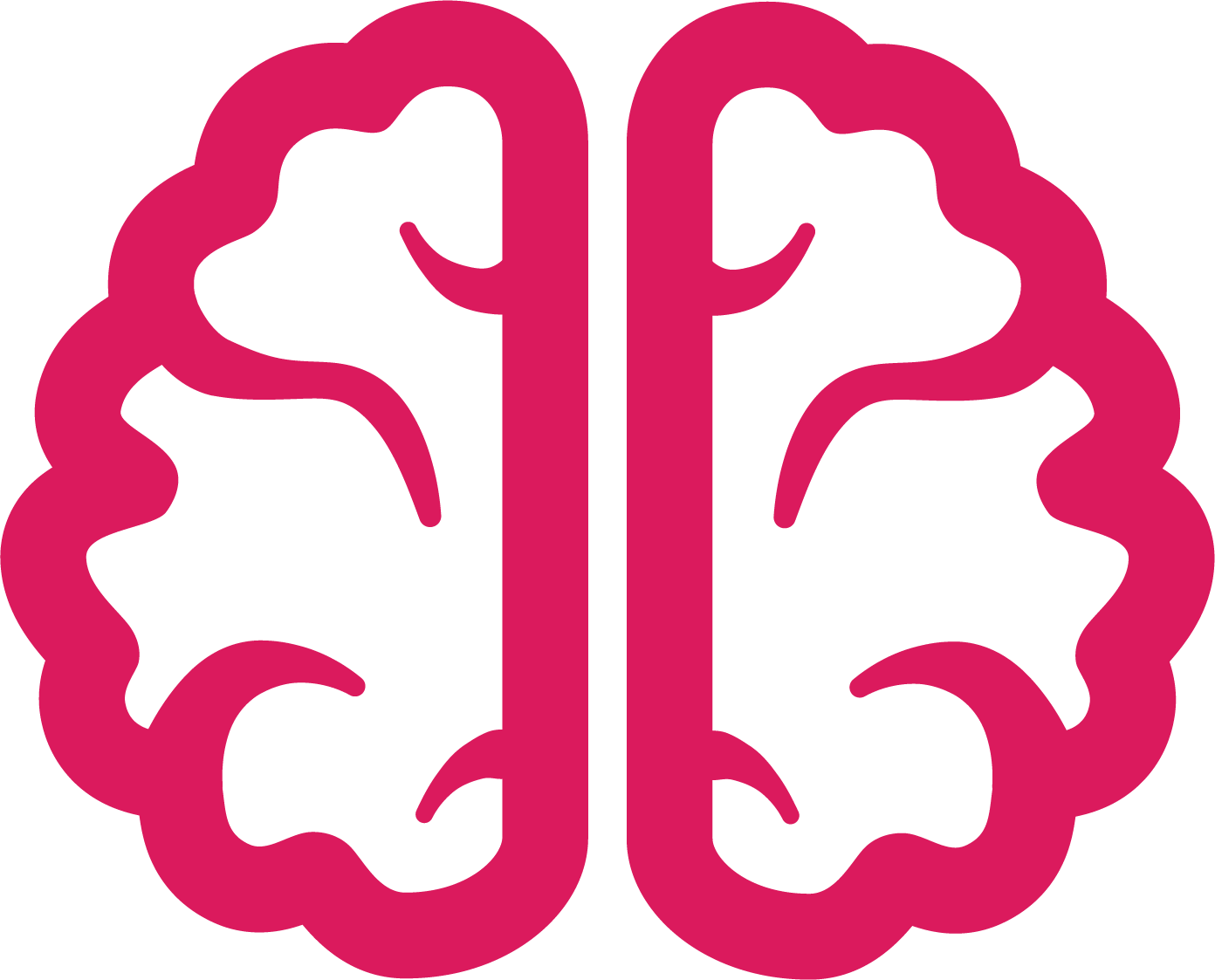A correct balance of excitation (passing on activity) and inhibition (dampening down activity) is crucial to a normally-functioning brain. I created this infographic to describe how important this balance is. See the full post: http://knowingneurons.com/2017/01/25/excitation-inhibition/
References:
Harrington, Adam J., et al. “C. elegans as a model organism to investigate molecular pathways involved with Parkinson’s disease.” Developmental dynamics 239.5 (2010): 1282-1295.
Gruenert, Gerd, Peter Dittrich, and Klaus-Peter Zauner. “Artificial wet neuronal networks from compartmentalised excitable chemical media.” ERCIM NEWS 85 (2011): 30-32.Vanag, Vladimir K., and Irving R. Epstein. “Excitatory and inhibitory coupling in a one-dimensional array of Belousov-Zhabotinsky micro-oscillators: Theory.” Physical Review E 84.6 (2011): 066209.
Tompkins, Nathan, et al. “Testing Turing’s theory of morphogenesis in chemical cells.” Proceedings of the National Academy of Sciences 111.12 (2014): 4397-4402.
Buzsaki, Gyorgy. Rhythms of the Brain. Oxford University Press, 2006.
Bak, Per, Chao Tang, and Kurt Wiesenfeld. “Self-organized criticality: An explanation of the 1/f noise.” Physical review letters 59.4 (1987): 381.
Bak, Per. “How nature works: the science of self-organized criticality.” Nature 383.6603 (1996): 772-773.
Tetzlaff, Christian, et al. “Self-organized criticality in developing neuronal networks.” PLoS Comput Biol 6.12 (2010): e1001013.
Boutros, Nash N., et al. “Epilepsy spectrum disorders: A concept in need of validation or refutation.” Medical hypotheses 85.5 (2015): 656-663.
Boutros, Nash N., et al. “Predictive value of isolated epileptiform discharges for a favorable therapeutic response to antiepileptic drugs in nonepileptic psychiatric patients.” Journal of Clinical Neurophysiology 31.1 (2014): 21-30.


